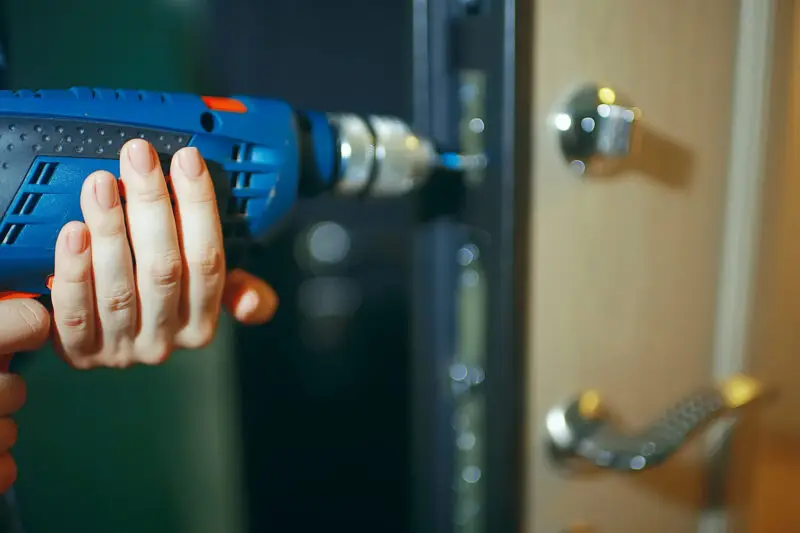Disclosure: This post may contain affiliate links, meaning we get a commission if you decide to make a purchase through our links, at no cost to you. Please read our disclosure for more info.
Flooding is the number 1 natural disaster in the United States. Floods happen in all states across the country, which means that you should really have a flood plan prepared.
Flooding can cause immeasurable damage, so flood prevention is essential. Have you protected your home from water damage and disaster?
If you’re not sure if you’re protected from flood damage, you’re not alone. Don’t worry though, you’re in the right place.
Keep reading to learn 8 tips for how to best protect your home from water damage from a potential flood.
In This Post:
1. Elevate and Protect Outdoor Equipment
In the event of a flood, you want to ensure that any essential items are protected from harm’s way, lest they be left useless.
These are things that could potentially cause damage if left on the ground, or that you need to keep your house running smoothly. Air conditioning units, fuel tanks, power units, and generators all fit into this category.
2. Apply Coatings and Sealants
Waterproof coatings and sealants can provide a bit of a barrier against flood damage. these coatings can be applied all around your house. They can be applied to foundations, doorways, windows, and anywhere else that might provide a potential entry to water.
3. Install Foundation Vents
While water getting into your home isn’t ideal, sometimes it may be inevitable. In this case, installing foundation vents or sump pumps can help you out significantly.
These tools will help to make sure that the water doesn’t just pool in your home, but instead flows through it through provided outlets. This can prevent damage from standing or pooling water.
4. Protect Indoor Electrical Systems
All indoor switches should be adjusted so that they’re at least one foot above the expected flood level.
Electricity and floodwater do not mix well, and it’s essential that you keep all outlets, cords, and switches protected from the water.
5. Adjust for Your Flood Risk
While it might be expensive, if you know that you live in an area with a high flood risk, it might benefit you to get your house lifted if you’re able.
Homes can be elevated in several ways, but they’re often put on columns (sometimes called “stilts”) for a fairly modest fee. These stilts put the house above flood level, ensuring complete flood prevention.
6. Modify Water Valves
Installing a backflow valve is highly recommended if you’re in an area that often suffers from floods.
The Federal Alliance for Safe Homes suggests gate valves, which are more complicated, but safer, than many other kinds of popular valves.
7. Point Downspouts Away
Even if flooding doesn’t happen initially, if your downspouts are pointed too close to your home, you might cause your own basement or foundation flooding. Ensuring that they’re pointed away is an easy way to alleviate that issue.
8. Invest in Flood Insurance
Flood insurance is a great way to protect your home from floods. While the floods may happen either way, being insured helps you prepare for the aftermath.
The cost of flood insurance is far less than the cost of trying to repair a home after a flood, and you can have peace of mind knowing that you’re protected.
Flood Prevention and Damage Prevention is Easy
While floods are scary, flood prevention doesn’t have to be if you take the proper steps. Setting your house up in anticipation fo a flood will save you a lot of trouble if one actually happens.
To protect your home, your family, and your belongings, protect your home today.
For more posts like this, check out the rest of the blog!



